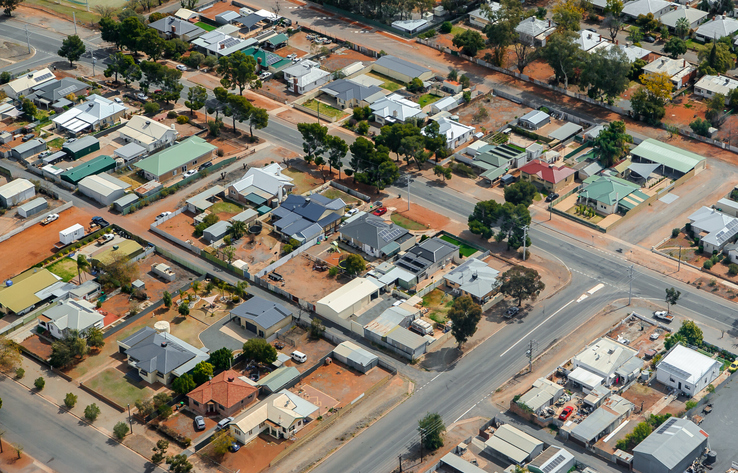(ASX:AFG) The AFG Index data released today shows the company’s network of brokers lodged $22 billion in residential mortgage finance for the final quarter of the 2023 financial year.
AFG CEO David Bailey said after three quarters of consecutive falls in volume, the final quarter of the 2023 financial year lifted 15.6% on the prior quarter. “Each of the country’s major markets registered an increase, led by more than $1 billion increases in lodgement volume in both Victoria and New South Wales. It’s also clear that the ending of the cash back offers by three of the four majors did have the impact of dragging demand back into the 2023 financial year with some record-breaking daily lodgement numbers recorded in the last week of the quarter.”
As the weight of interest rate increases bears down on borrowers, those choosing to take out finance to upgrade their property has dropped to 37%, the lowest level since the third quarter of 2017.
“Nervousness in the market of further rate rises to come has seen the proportion of home loans with fixed rates rise again for the third quarter in a row, although it is still very low and below longer-term averages at 8% of total home loans,” he said. “This is markedly down from the highs of 2022 when fixed rate home loans reached 38% of total home loan volumes.”
“Refinancers are up to 33%, the highest level since Q3 of 2017,” he said. “These customers are also historically more likely to use a non-major lender, with market share for the non-majors amongst refinancers at 40.7% for the quarter.”
Investor activity has ticked up, lifting the proportion of investment home loans to 29.0%, the highest level since the first quarter of 2018.
“The major lenders’ market share is down from 61.8% in the prior quarter to 60.4% however apart from an initial bump in market share during the uncertainty of the pandemic, market share above 60% means their market dominance is back to where it was in 2017,” he said.
With access to a deeper pool of deposits as a result of the implicit government guarantee protecting the savings of their customers, the banking majors have a significant advantage over their smaller competitors through a ratings uplift, thus enhancing a lower capital costs structure.
“This tilts the playing field in favour of the major lenders with their funding advantages and higher interest rates for existing customers creating an arbitrage that has enabled them to offer discounts and ‘cash back’ deals to lure new customers,” he said.
“It is pleasing to see cash back offers largely being removed from the market. The next quarter will be the time where we see whether the smaller lenders are now able to compete for customers, after being squeezed by the pricing and cash backs on offer.”
A clear example of the impact the actions of the major banks have had on non-major lenders is evident in the flows of volume to AFG Home Loans, which was 5.4% for the quarter, down from a historic high of 10.4% in the same quarter of 2022. “AFG Home Loans took the decision to not write-sub economic loans as the majors leveraged their funding advantages to take market share,” he said. “Reduced competition means Australian homebuyers will inevitably be left with higher real long-term borrowing costs.”
The national average home loan size has increased to $602,000 whilst the National Loan to Value Ratio is down to 65%, the lowest level ever recorded for AFG broker customers suggesting a more conservative lending appetite for some Australian consumers.
Lender turnaround times have once again dropped, and the average number of days taken to move from submission to formal approval is 17.4 days.
-ends-










